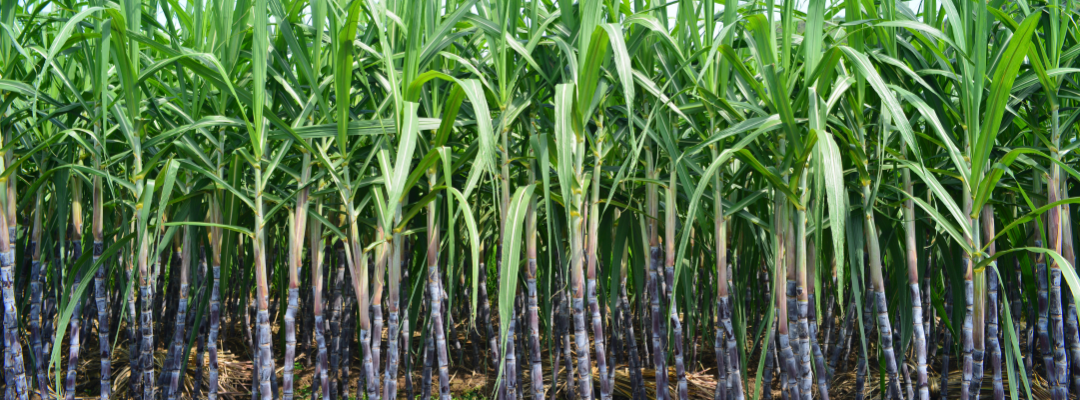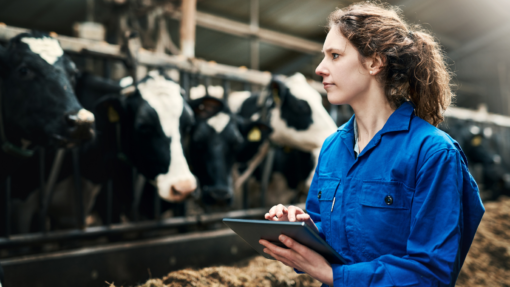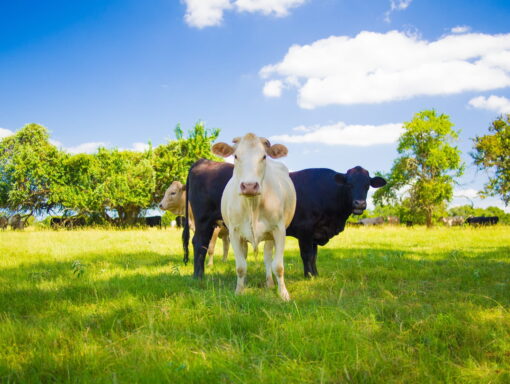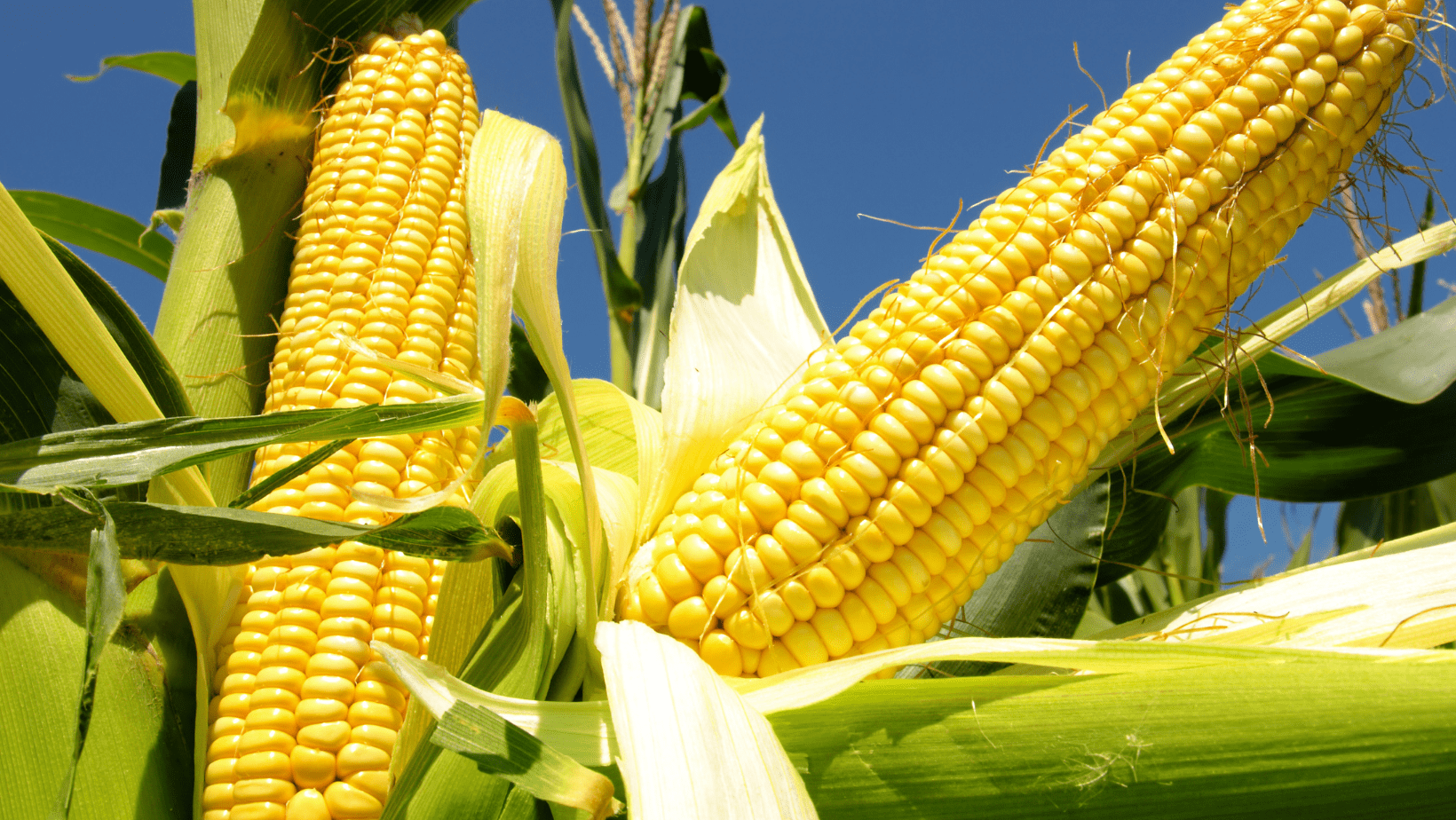The United States (U.S.) is the fifth largest sugar producing country in the world, but also the third largest sugar importer (U.S. Department of Agriculture (USDA) Foreign Agricultural Service (FAS), 2024). Last year, the U.S. imported sugar from more than 70 countries and met roughly 29% of demand through preferential-access imports and high-tier (also known as tier-2) imports. When domestic production rises, the U.S. will import less sugar and vice-versa. An important aspect of the U.S. trade in sugar are the Suspension Agreements[1] on sugar with Mexico, which went into place in 2014 and were revised in 2017 (USDA Economic Research Service (ERS), 2024).
As part of U.S. sugar supply, preferential access is granted to trading partners through the World Trade Organization (WTO) or through free trade agreements (FTAs). Sugar that enters under those agreements arrive under a tariff-rate quota (or TRQ), which effectively allows sugar to enter the U.S. duty-free (USDA ERS, 2024). Those who import sugar into the U.S. above the quota are required to pay a duty to the U.S. government (tier-2 duty), which was established in 1994 at the rate of 15.36 cents/pound for raw sugar and 16.21 cents per pound for refined sugar (USDA ERS, 2024). The U.S. is projected to import an average 425,000 tons of tier-2 sugar per year (USDA, 2024).
Administratively, the USDA Secretary announces the minimum quantity of sugar under its WTO commitments that may be imported at the in-quota tariff rate prior to the start of the fiscal year and may increase that amount of preferential-access sugar as the year progresses depending on the amount of sugar that Mexico (the largest U.S. trading partner for sugar) is anticipated to export to the U.S. and depending on the U.S. supply and demand situation.
For fiscal year 2023/24, total sugar imports into the U.S. are estimated at 3.42 million short tons raw value (STRV), down from last year’s estimate of 3.61 million STRV (henceforth we will refer to STRV as tons) (Figure 1). The USDA recently increased the raw sugar TRQ by 137,789 STRV after determining that additional supplies of raw cane sugar were required in the U.S. market (announced March 7th, Federal Register, 2024).
While the overall amount of sugar imported into the U.S. has not changed dramatically from year to year, it is notable to consider the period post-free trade with Mexico as well as several anomalous years (Figure 1). Under NAFTA, Mexico had the ability to send unlimited amounts of sugar to the U.S. market if that sugar was not subsidized by the Mexican government or dumped on the U.S. market. Following the more than 2 million tons of sugar exports to the U.S. in fiscal years 2012/13 and 2013/14, the U.S. sugar industry sued Mexico at the International Trade Commission, which found Mexico guilty of subsidizing and dumping sugar in the U.S and causing significant damage to American sugarbeet and sugarcane farmers. The two countries negotiated Suspension Agreements to manage that trade (both with respect to quantity and price) following 2014 (U.S. International Trade Administration, 2024). More recently, Mexico has suffered drought, and thus the amount of sugar they supply to the U.S. market has been sharply constrained. As a result, the amount of tier-2 sugar entering the U.S. market has been increasing (Figure 1).
Figure 1. Total U.S. sugar imports by source. USDA, 2024.

While Mexico is still the largest foreign supplier of sugar to the U.S., over the past few years the crop in Mexico has been limited due to drought conditions and high fertilizer costs. As a result, and as mentioned above, there have been large amounts of sugar arriving, both under preferential access (e.g., WTO and FTA trade agreements) and through tier-2 imports. As reported by USDA (2024), in fiscal year 2022/23 Mexico was still the largest exporter to the U.S. with more than 1.1 million tons of sugar shipped to the U.S. Other countries exporting more than 100,000 tons of sugar to the U.S for the period included Brazil, Guatemala, Dominican Republic, Columbia, El Salvador, Costa Rica, and Argentina (U.S. Census Bureau, 2024). Overall, in fiscal year 2022/23 the U.S. imported 3.61 million tons of sugar from more than 70 countries (USDA, 2024).
Given forecast sugar use in the U.S. of 12.56 million tons and exports of at least 197,000 tons, the carryover this year is expected to be 1.72 million tons of sugar, or roughly 3.44 billion pounds of sugar (Deliberto and DeLong, 2024; updated for April WASDE). That brings the forecast of stocks-to-use to 13.5%. Of course, throughout the remainder of this year, there will be adjustments to both supply and demand that will typically result in a stocks-to-use that will likely fall within the USDA target range of 13.5% to 15.5% by the end of the year.
Based on the production of 9.22 million tons relative to demand – plus total use of closer to 12.75 million tons – the U.S. will likely import about 3.42 million tons of sugar this year, or 26.8% of total use. That would keep the U.S. as the fifth largest sugar producer and the third largest sugar importer in the world.
[1] For more on the Suspension Agreements with Mexico, see this previous article in Southern Ag Today.
References
Deliberto, M. and K.L. DeLong. 2024. “The 2024 Sugar Market Domestic Supply and Outlook.” Southern Ag Today. https://southernagtoday.org/2024/04/01/the-2024-sugar-market-domestic-supply-and-outlook/
Office of the U.S. Trade Representative. 2024. USTR Announces FY 2024 Allocation of Additional TRW Volume for Raw Cane Sugar. Retrieved from: https://ustr.gov/about-us/policy-offices/press-office/press-releases/2024/march/ustr-announces-fiscal-year-2024-allocation-additional-tariff-rate-quota-volume-raw-cane-sugar
U.S. Census Bureau. 2024. USA Trade Online. Retrieved from: https://usatrade.census.gov/
USDA. 2024. World Agricultural Supply and Demand Estimates. Retrieved from:
https://www.usda.gov/oce/commodity/wasde/wasde0424.pdf
USDA, ERS. 2024. Sugar and Sweetener Policy. Retrieved from: https://www.ers.usda.gov/topics/crops/sugar-and-sweeteners/policy/
USDA, FAS. 2024. Sugar: World Markets and Trade. Retrieved from: https://apps.fas.usda.gov/psdonline/circulars/sugar.pdf
U.S. International Trade Administration. 2024. Enforcement and Compliance. Retrieved from: https://enforcement.trade.gov/agreements/sugar-mexico/#:~:text=Suspension%20Agreement%20on%20Sugar%20from,845%2C%20C%2D201%2D846&text=Description%3A,investigation%20on%20sugar%20from%20Mexico
Federal Register. 2024. Fiscal Year 2024 Raw Cane Sugar Tariff-Rate Quota Increase. 89, Fed. Reg. 16524. March 7, 2024. Retrieved from: https://www.federalregister.gov/documents/2024/03/07/2024-04903/fiscal-year-2024-raw-cane-sugar-tariff-rate-quota-increase
Deliberto, Michael, Karen DeLong, and Bart L. Fischer. “Navigating U.S. Sugar Imports From 70 Countries.” Southern Ag Today 4(16.4). April 18, 2024. Permalink








